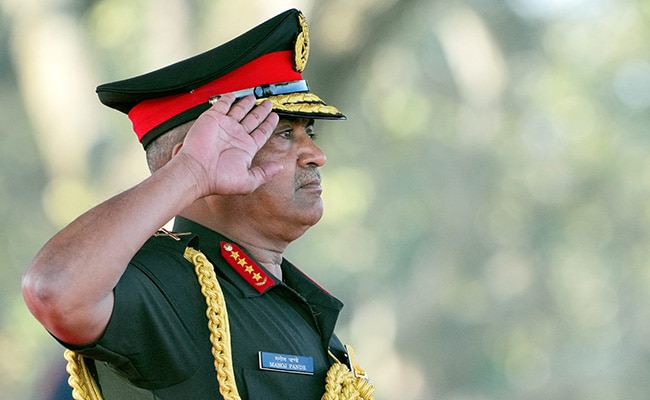
The army has embarked upon the path of transformation in the last year or so, he said.
Hyderabad:
Observing that the army has made a good beginning in its transformation roadmap, Army Chief General Manoj Pande on Sunday said it needs to ensure continued focus and impetus across the pillars of the roadmap.
He was speaking at the 104th convocation ceremony at the Military College of Electronics and Mechanical Engineering (MCEME) here.
The army has embarked upon the path of transformation in the last year or so, he said.
The need for transformation comes from four key drivers, which include the unprecedented trends in the geo-strategic landscape “that you see around us”, the limitless potential of disruptive and niche technologies, the transforming character of modern warfare and the profound changes in the socio-economic environment within the country, he said.
To address these imperatives and effect the changes desired, a transformation roadmap was implemented almost a year ago, he said.
“I must say we have made good beginnings and progress and need to ensure continued focus and impetus across all five pillars of the transformation roadmap,” he said.
The five pillars include force structuring and optimisation, modernisation and technology infusion, improving the systems, processes, and functions, human resource management, and improving jointness and integration.
“As part of force restructuring, reorganisation and optimization, we are reviewing our organisational structures, to the right size, rationalise and reorganise the required units to achieve improved combat efficiency,” he said.
He also said new technologies and systems such as the RPAS (Remotely Piloted Aircraft System), drones, precision-guided weapons, autonomous systems, robotics, AI, and quantum communication will be an integral part of future combat.
A plethora of new generation equipment has already been inducted into the army, while it continues to retain a fair chunk of vintage and legacy equipment as well, he said.
The fifth pillar of jointness and integration entails initiatives and measures to aggregate services capabilities and capacities to effect improved outcomes, he said.
Noting that a large number of air vehicles are now deployed in the high altitude areas of eastern Ladakh, and north Sikkim, and a range of weapon systems deployed in extremely challenging areas of weather and terrain, he said sustenance and equipment readiness of these critical warfighting systems will be the prime responsibility of the young officers.
“To keep equipment serviceable in such demanding conditions can always put you to the test. Remember, combat operations cannot be allowed to be impeded due the to non-functioning of any of the equipment that I spoke about,” he said.
He also reminded the young officers of the tremendous responsibilities and endless possibilities that lie ahead of them.
He exhorted them to adopt a life of constant learning and to remain physically agile and mentally robust. General Pande told them to lead by personal example and be role models whom men and the nation should look upto.
The Army Chief presented BTech degrees to 33 officers of Degree Engineering (DE) and Technical Entry Scheme (TES) course, including foreign officers from the Royal Bhutan Army and the Sri Lankan Army, a defence release said.




